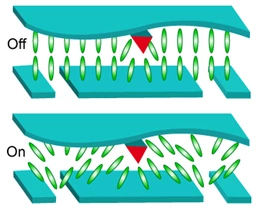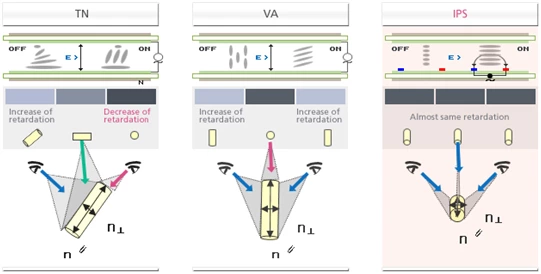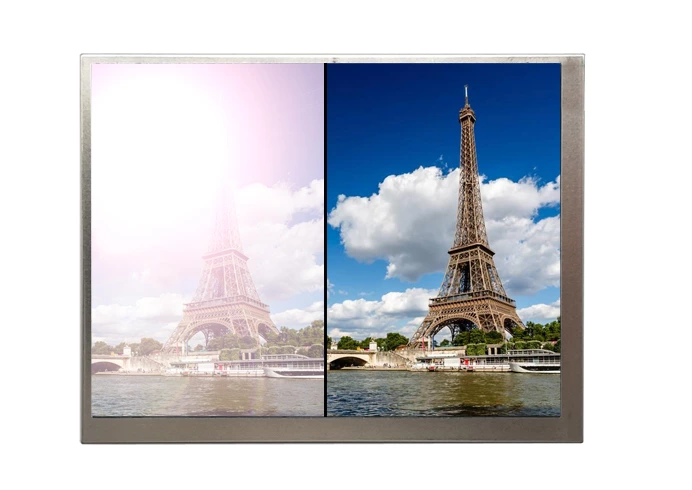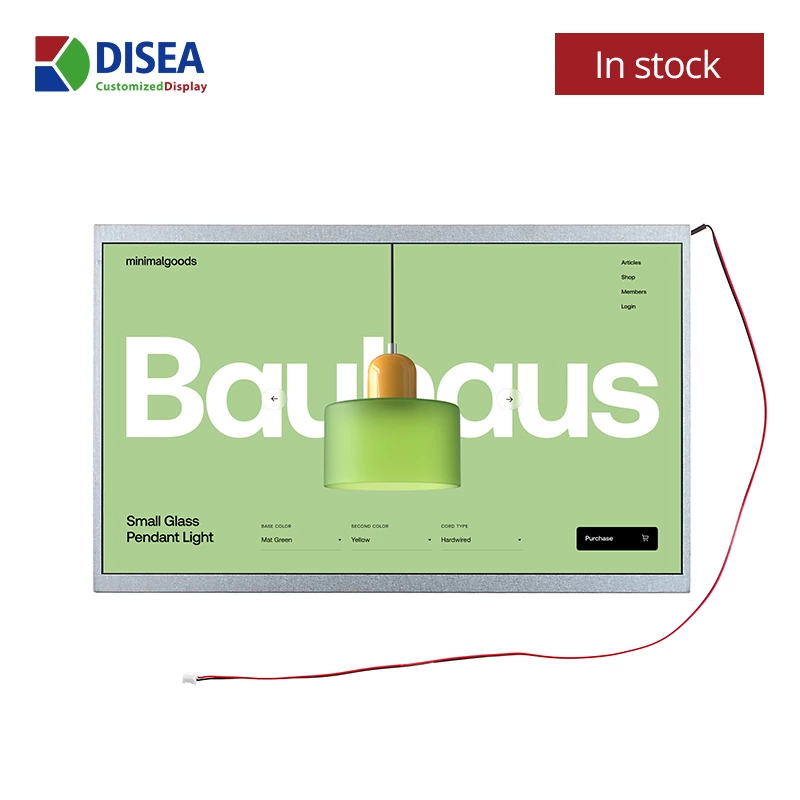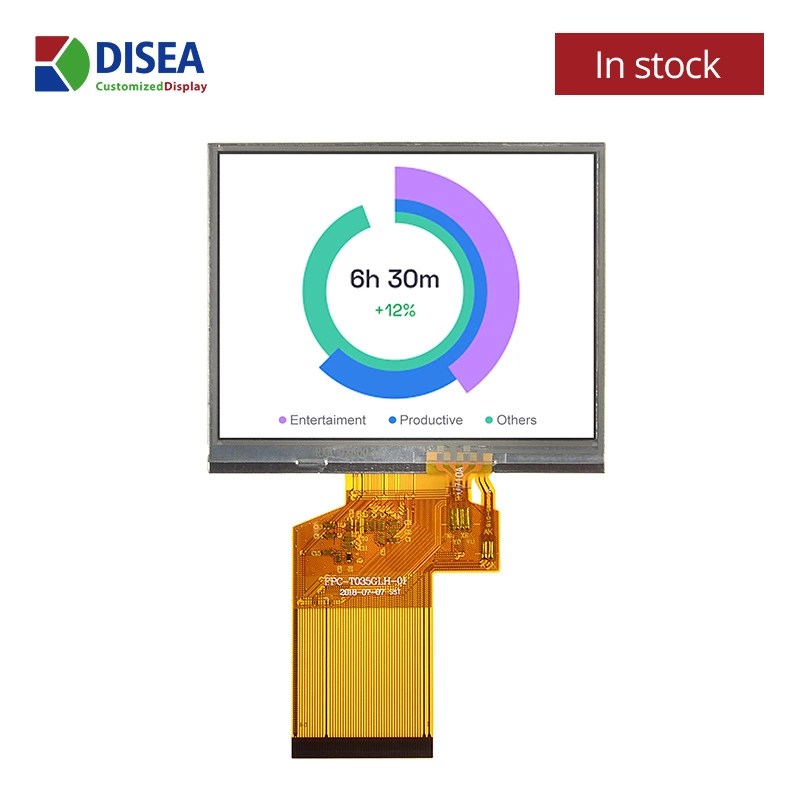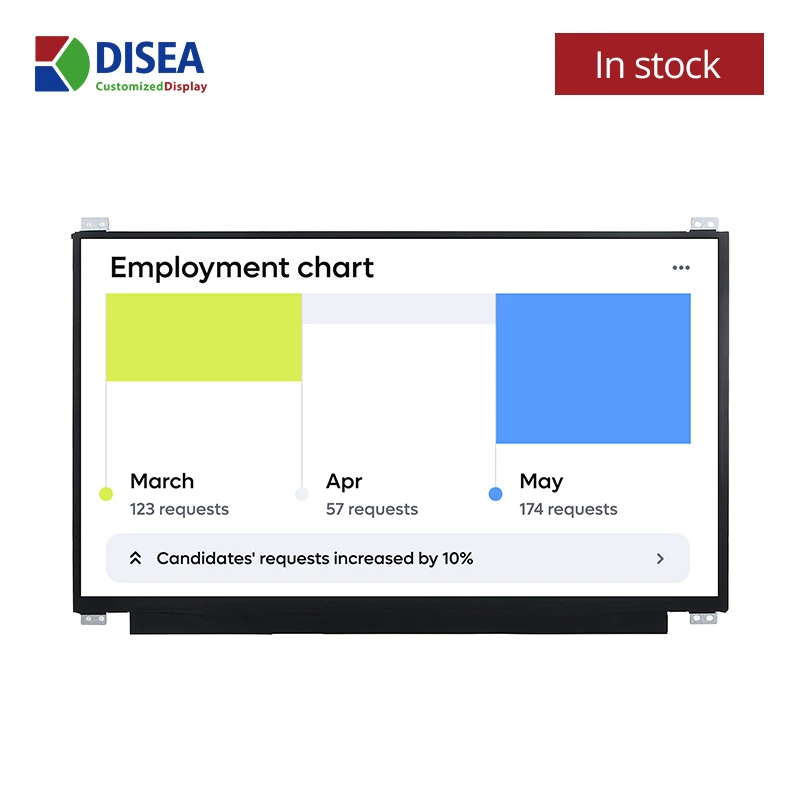LCD display technology--TFT display
Technology News
TFT (Thin-Film Transistor) Displays are active-matrix LCDs with full RGB color screens. These screens feature bright, vivid colors and have the ability to show fast animations, complex graphics and crisp custom fonts. TFTs are perfect displays for providing a rich user interface for all types of products. While typically used in consumer devices like personal DVD players and handheld devices, TFTs are also well suited for industrial application.
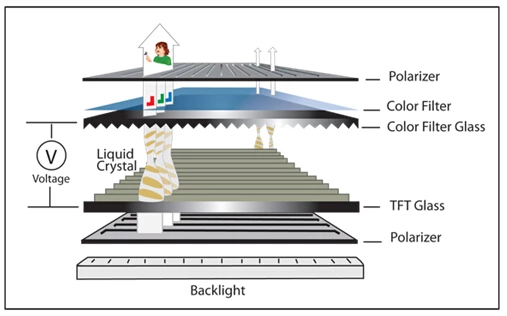
TFT are Active-Matrix LCDs that have tiny switching transistors and capacitors. These tiny transistors control each pixel on the display and require very little energy to actively change the orientation of the liquid crystal in the display. This allows for faster control of each Red, Green and Blue sub-pixel cell thus producing clear fast-moving color graphics.
The transistors in the TFT are arranged in a matrix on the glass substrate. Each pixel on the display remains off until addressed by applying a charge to the transistor. Unlike conventional Passive-Matrix displays, in order to activate a specific pixel, the corresponding row is turned on and a charge is sent down the proper column. This is where only the capacitor at the designated pixel receives a charge and is held until the next refresh cycle. Essentially, each transistor acts as an active switch. By incorporating an active switch, this limits the number of scan lines and eliminates cross-talk issues.
The main problem with TN Film technology is that viewing angles are pretty restrictive, especially vertically, and this is evident by a characteristic severe darkening of the image if you look at the screen from below. Contrast and colour tone shifts can be evident with even a slight movement off-centre, and this is perhaps the main drawback in modern TN Film panels. Some TN Film panels are better than others and there have been improvements over the years to some degree, but they are still far more restrictive with fields of view than other panel technologies.
